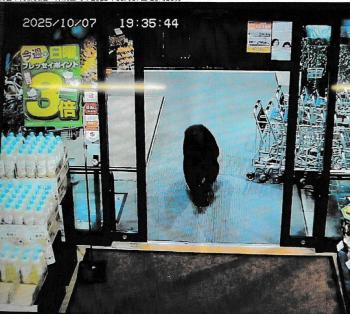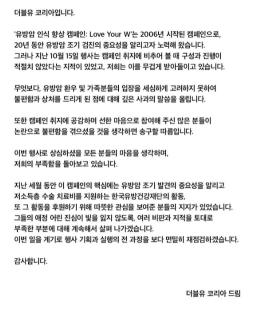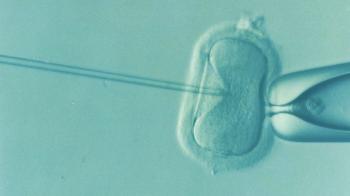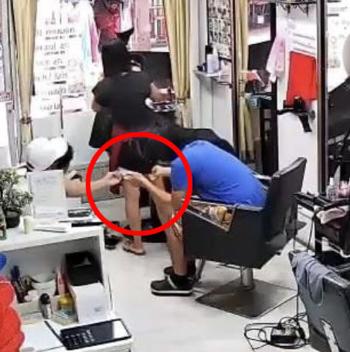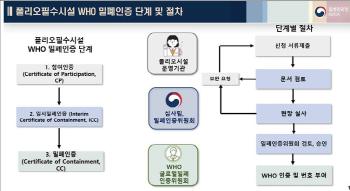Development of Predictive Model for Lower Leg Anxiety Syndrome with Smartphones and Wearable Devices
May 29, 2025
A research team led by Professor Cho Chul-hyun of the Department of Psychiatry at Korea University Anam Hospital (1 author Jeong Jin-kyung, medical student at Korea University, medical student Jeon Yoon-seo, and master's and doctoral integration student at Korea University's Industrial Management Engineering Department) derived a machine learning-based diagnostic model that can predict symptoms of lower limb anxiety syndrome using wearable devices and smartphone app data and verified its performance.
Lower extremity anxiety syndrome is a neurosensory disease that causes irreversible movement and pain in the legs, causing sleep disorders, and is experienced by about 3.9 to 14.4% of the world's population. However, there was no biological diagnosis, it was difficult to distinguish from similar symptoms such as convulsions, and the method of expressing symptoms was different for each patient, so the diagnosis rate was low and accurate diagnosis was difficult.
The research team collected biometric data and lifestyle information such as sleep, heart rate, and activity through wearable devices and smartphone apps for four weeks from January 2023 to July 2024, and analyzed them based on circadian rhythms. Subsequently, three machine learning models were trained to predict the presence or absence of lower limb anxiety syndrome and the extent of symptoms.
As a result of the study, the Random Forest model showed the highest accuracy with an AUC of 0.86, and the XGBoost model recorded an AUC of 0.70 in the prediction of severe symptoms. In particular, the predictive performance was further improved when wearable data and app data were combined.
Professor Cho Chul-hyun said, "It is of great significance that this study has found a machine learning model suitable for early screening of symptoms of lower limb anxiety syndrome based on a digital phenotype. It is expected to help improve the accuracy of diagnosis of lower limb anxiety syndrome, which is easy to miss in clinical settings, and to apply appropriate treatments."
This study is meaningful because medical students participated through the Korea University Medical School Student Research Program. Student Yunseo Jeon said, "It was meaningful to participate in this study that applied it to the diagnosis of lower limb anxiety syndrome amid the trend of the spread of digital technology-based precision medical care"I'm glad that the efforts of the past two and a half years of participating in the student research program have paid off."
Student Jeong Jin-kyung "It was meaningful to experience a new research method called digital phenotype-based analysis using wearable and smartphone data."Through this student research program, I was able to positively consider my career as a medical scholar" he said.
The study 'Machine learning-based prediction of restless legs syndrome digital phenotypes from wearables and smartphone data' was published in the May issue of Scientific Reports, an international journal of Nature Publishing Group.
Lower extremity anxiety syndrome is a neurosensory disease that causes irreversible movement and pain in the legs, causing sleep disorders, and is experienced by about 3.9 to 14.4% of the world's population. However, there was no biological diagnosis, it was difficult to distinguish from similar symptoms such as convulsions, and the method of expressing symptoms was different for each patient, so the diagnosis rate was low and accurate diagnosis was difficult.
The research team collected biometric data and lifestyle information such as sleep, heart rate, and activity through wearable devices and smartphone apps for four weeks from January 2023 to July 2024, and analyzed them based on circadian rhythms. Subsequently, three machine learning models were trained to predict the presence or absence of lower limb anxiety syndrome and the extent of symptoms.
As a result of the study, the Random Forest model showed the highest accuracy with an AUC of 0.86, and the XGBoost model recorded an AUC of 0.70 in the prediction of severe symptoms. In particular, the predictive performance was further improved when wearable data and app data were combined.
Professor Cho Chul-hyun said, "It is of great significance that this study has found a machine learning model suitable for early screening of symptoms of lower limb anxiety syndrome based on a digital phenotype. It is expected to help improve the accuracy of diagnosis of lower limb anxiety syndrome, which is easy to miss in clinical settings, and to apply appropriate treatments."
This study is meaningful because medical students participated through the Korea University Medical School Student Research Program. Student Yunseo Jeon said, "It was meaningful to participate in this study that applied it to the diagnosis of lower limb anxiety syndrome amid the trend of the spread of digital technology-based precision medical care"I'm glad that the efforts of the past two and a half years of participating in the student research program have paid off."
Student Jeong Jin-kyung "It was meaningful to experience a new research method called digital phenotype-based analysis using wearable and smartphone data."Through this student research program, I was able to positively consider my career as a medical scholar" he said.
The study 'Machine learning-based prediction of restless legs syndrome digital phenotypes from wearables and smartphone data' was published in the May issue of Scientific Reports, an international journal of Nature Publishing Group.
|
This article was translated by Naver AI translator.





